Summer Pests: Enemies of Your Plants
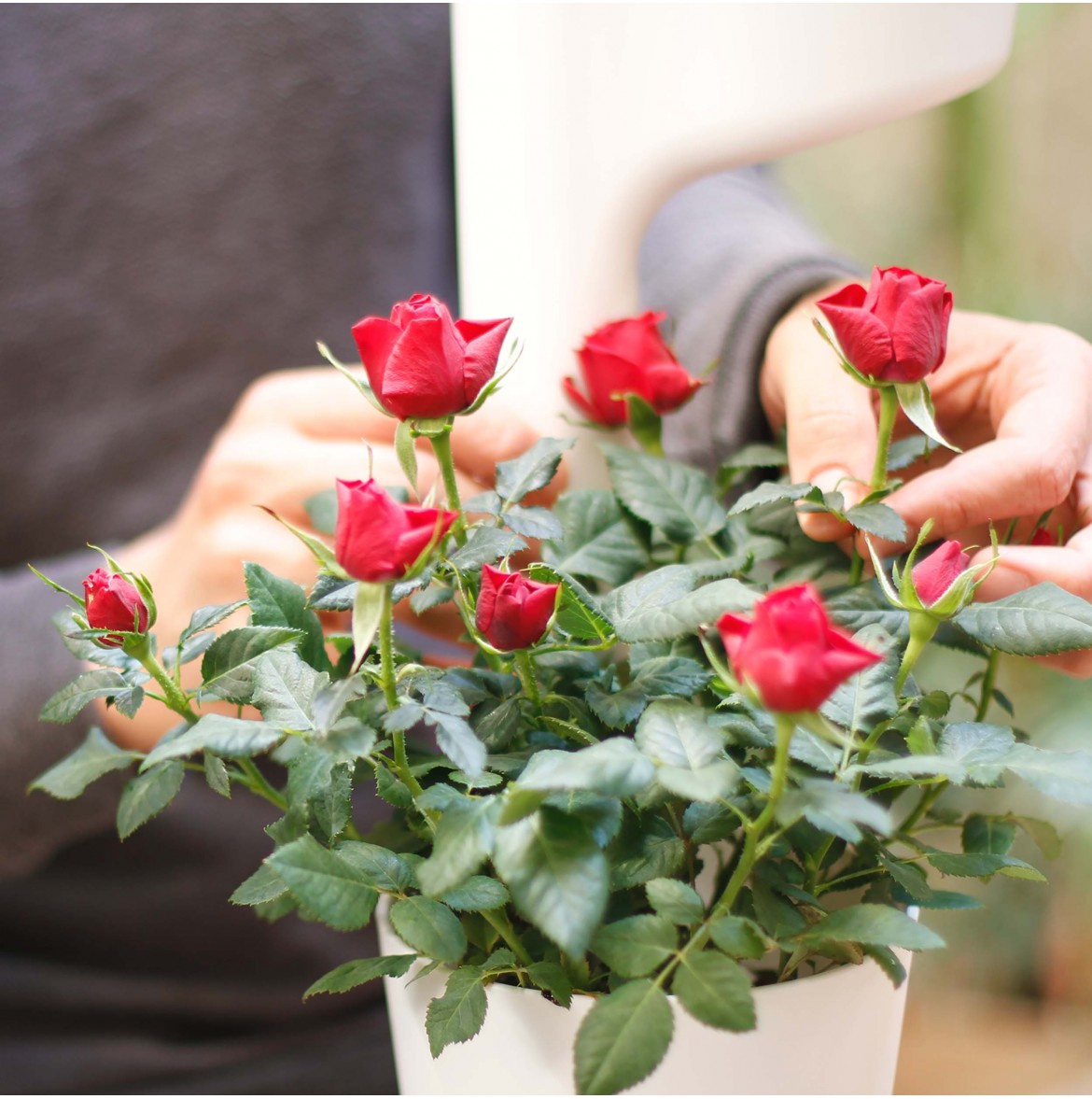
Nothing gives more life to our balconies, terraces and gardens as the heat and good weather. But with the heat also come insects and bugs, so in this blog we explain the 4 most common summer pests that your plants can suffer.
.
.
APHIDS:
The most abundant summer pest. A type of pest of geranium and other flowering plants such as roses, orchids and flowering shrubs, although any type of plant can be affected, so do not waste a minute once detected.
- They are small bugs of many colors: green, white, yellow, yellow, black... black is the most common.
- They form large colonies and produce a sticky honeydew, easy to see with the naked eye, which attracts ants.
.
HOW DO THEY AFFECT PLANTS?
- They are usually located on the stems and on the back of the leaves, which are often twisted or rolled under the weight of these little bugs.
- Pay special attention to flowering plants because aphids can hide in the buds, preventing them from growing and flowering until the plant dies.
.
.
COCHINEAL:
Next to the aphid, it is one of the most common and the most harmful. They are attracted by the lack of humidity that the summer heat dissipates in many houses.
- They are usually very small, very slow moving and may look like rounded protuberances.
- Like aphids, they have ants as great friends, as they secrete a kind of wax or honeydew on which they feed, which is also a breeding ground for fungi.
.
HOW DO THEY AFFECT PLANTS?
- They attach themselves to the nodes of leaves, stems and branches (and can even reach the roots) to absorb nutrients and sap from plants, creating malformations.
- They love fruit trees and shrubs and ornamental and indoor plants, so be careful!
.
.
WHITE FLY:
Spreads very easily. Like the two previous ones, the whitefly affects plants by creating a honeydew that weakens them and attracts ants, fungi and bacteria. It also creates resistance to many insecticides, so prevention is key here.
- It is a very small bug with a pale yellow body and white wings.
- It feeds on the nutrients and water of our plants, so, to avoid and eliminate whitefly, it is best to water as much as necessary and not overdo it with nutrients.
.
HOW DOES IT AFFECT PLANTS?
- They are located on the back of the leaves and are easily seen by simply turning them.
- They are attracted to many different plants, especially medicinal plants such as mint, lavender or begonias, and in winter, plants such as poinsettias.
.
.
RED SPIDER:
They are mites that enjoy dry weather and summer heat and reproduce very quickly causing great damage in a very short time.
- They are reddish or black in color, although depending on the plant and the time of the year they can have more colors.
.
HOW DOES IT AFFECT PLANTS?
- They are usually located on the back of the leaves, from where they break the plant cells to feed on the sap.
- It turns the leaves yellow, because it reduces photosynthesis and slows their growth, killing them completely if not treated quickly.
- It affects many crops and, although it also lives outdoors, the spider mite attacks flowering plants such as roses and other house and indoor plants.
.
.
HOW CAN I AVOID THE PESTS?
Here are a few tips to combat these pests on your plants:
- Watch your plants. Pay attention to your plants to notice any changes and avoid the proliferation of pests, so you will detect in time any variation in color, growth, ... Nothing will escape you!
- The right watering. There are pests that seek more moisture and others that take advantage of dry environments, so if you give your plants only the water they need, they will be balanced and pests will not be so attracted. Everything in its right measure!
- Essential care. By cleaning the leaves of the plants on both sides and their stems often, every 15 days or so, you will prevent dust from accumulating and impeding photosynthesis. In addition, you can get great allies such as our ecological insecticide, with which you will prevent these bugs from reaching your plants and keep them free of pests in a natural and ecological way. Absolute peace of mind!

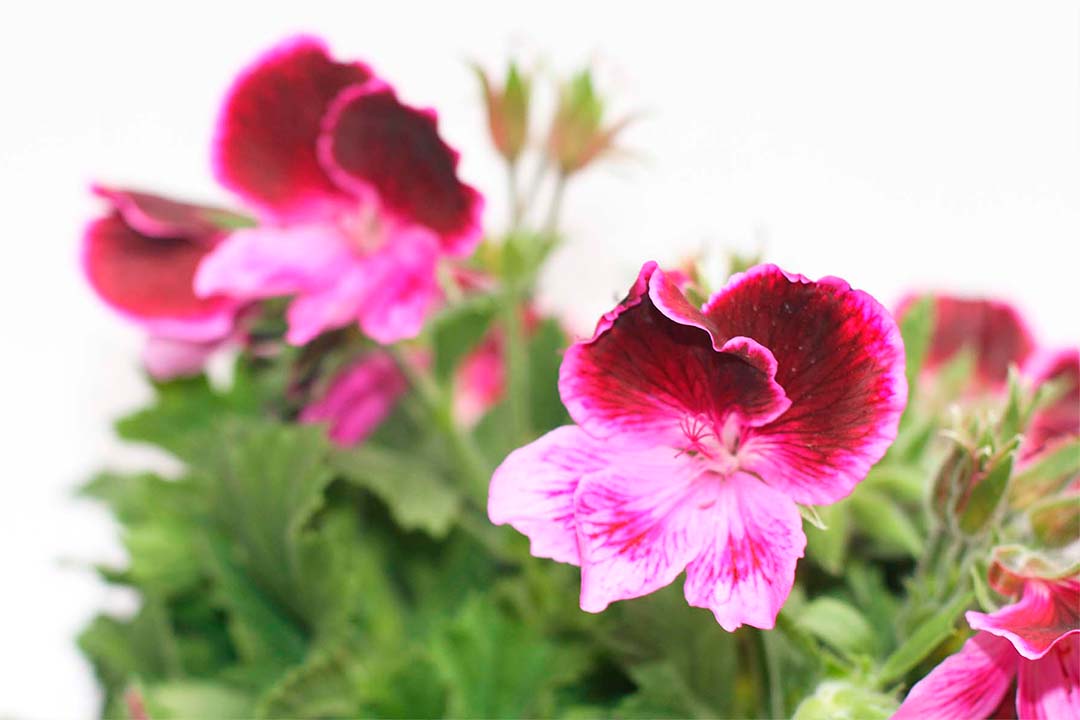
.png)

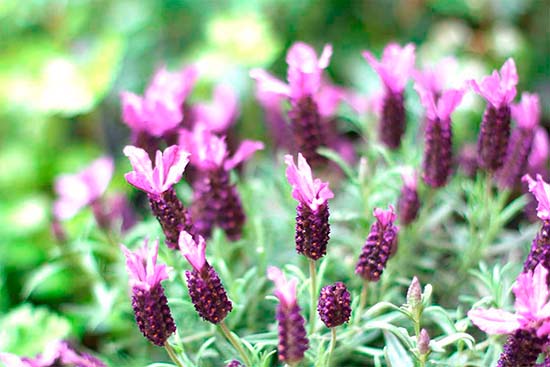
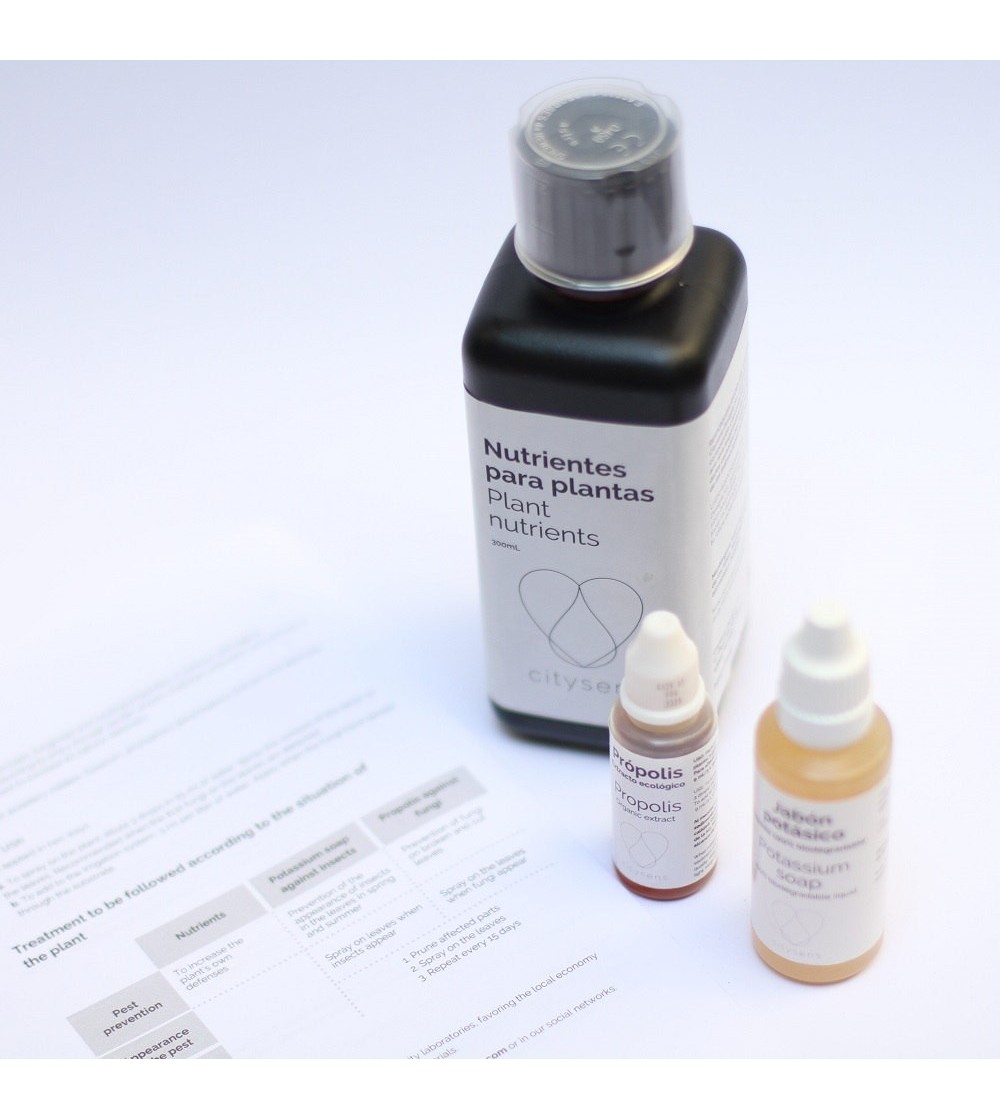
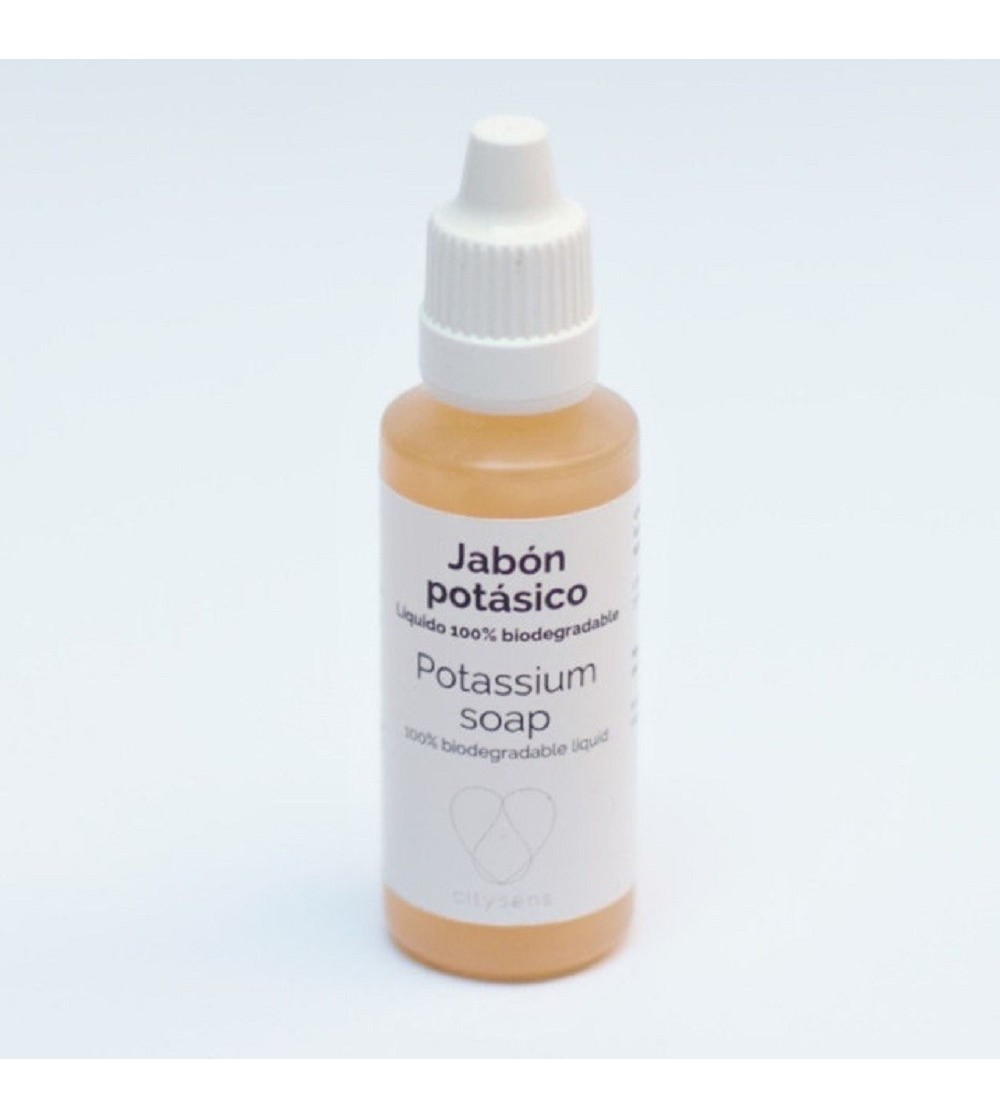
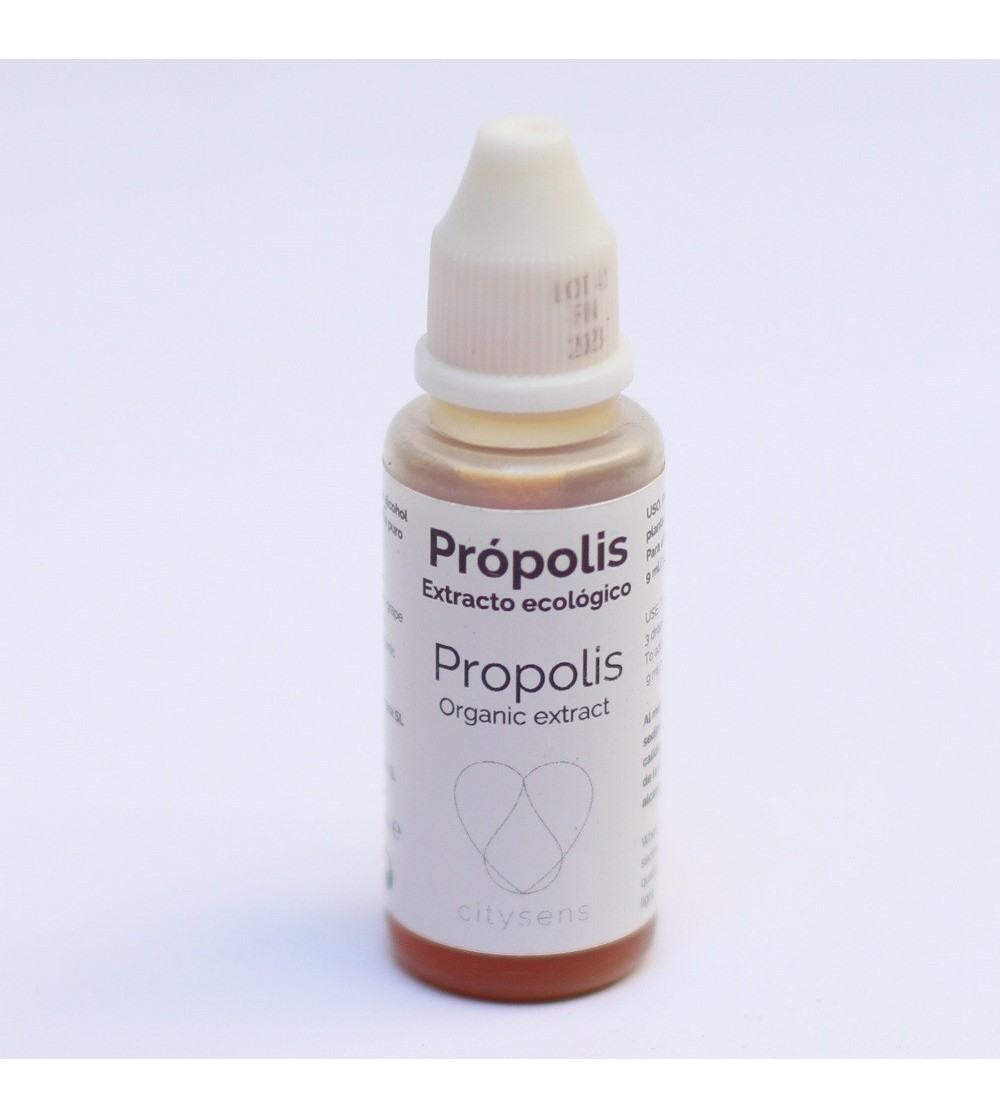
Comments
No comment at this time!
Leave your comment